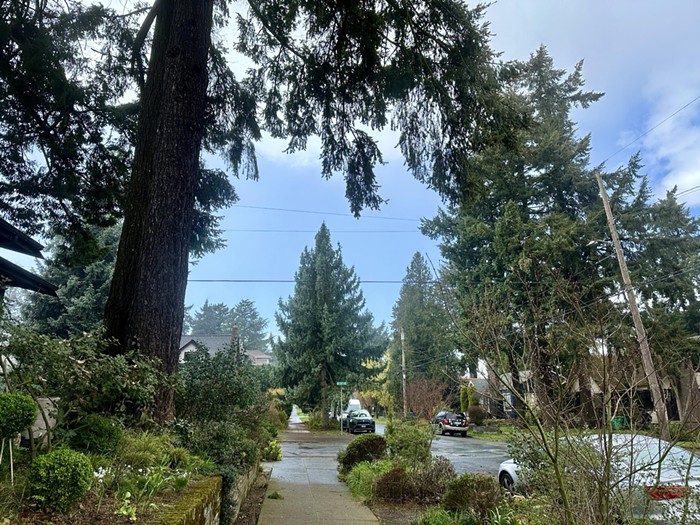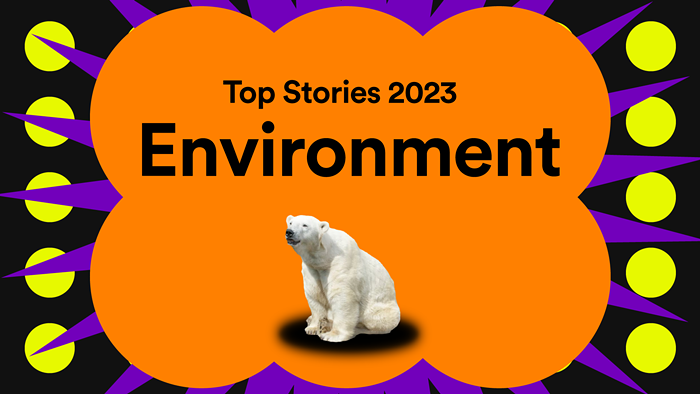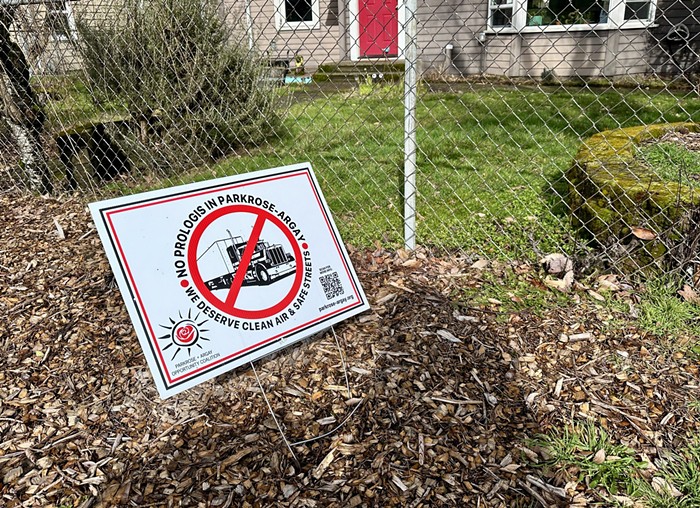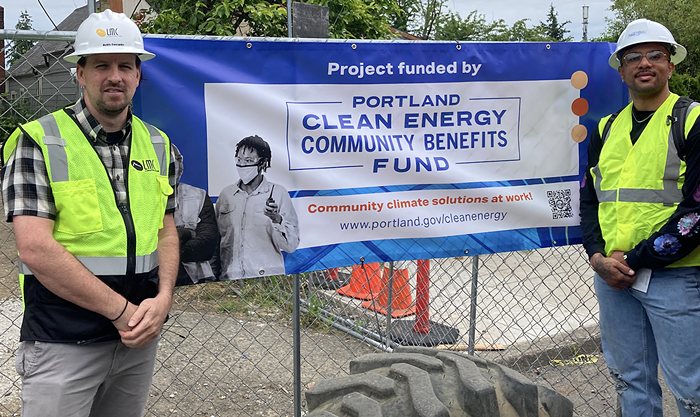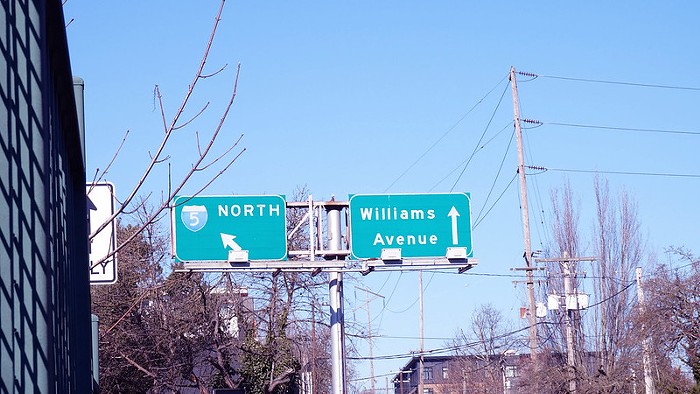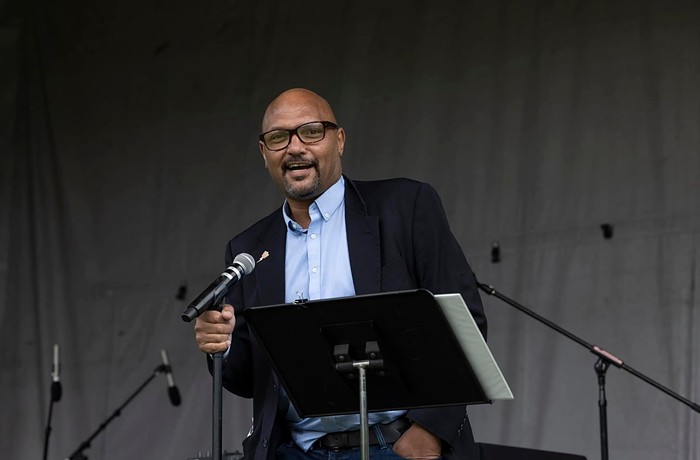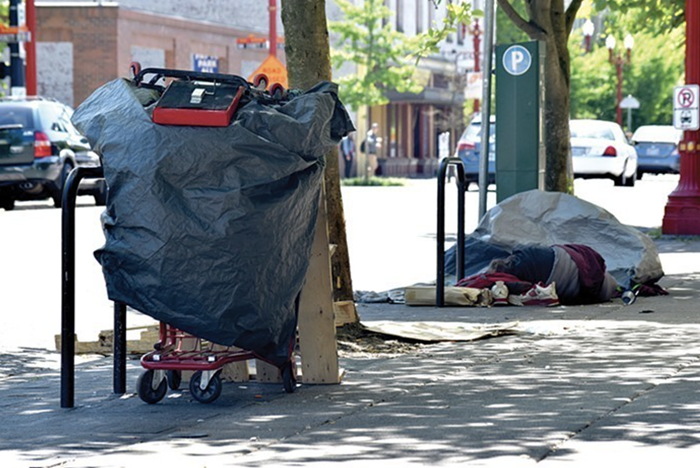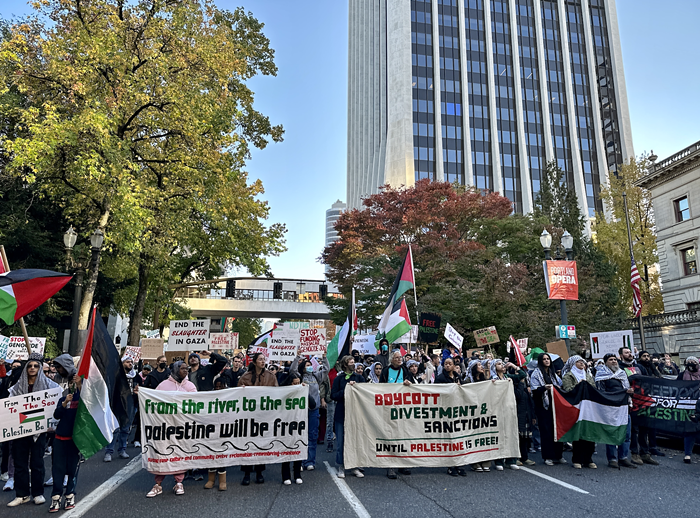
As wildfires burn across California, destroying homes and lives in the process, we look for simple explanations. For most of us who don't live in the White House, climate change is an adequate one. For one thing, we can see and feel that the world is getting hotter: In the last decade, Earth has experienced four of the warmest years on record. In places where it used to snow, it doesn't. In places where it used to rain, it's stopped. Currently, Europe is in the midst of an unprecedented heat wave, with temperatures in Spain and Portugal reaching 115 degrees. In Greece, fires killed at least 70 people. In Austria, glaciers are melting. In Sweden, the Arctic Circle is burning. It's is the kind of heat that kills people, and it's becoming more and more common.
Climate change is real, and it's devastating. In part thanks to climate change, California has now seen the two largest wildfires in state history in just the past nine months. Climate change is the gasoline poured on the fire. But there are other factors that have contributed to the devastating wildfire season in California, and, if we actually want lives to stop being destroyed every summer, we need to take those into account as well.
Wildfires have been around a lot longer than humans have. In fact, they are a very necessary part of the life cycle of forests and other wild lands. Fires rejuvenate the soil. They eliminate non-native species, and some plants require fire for reproduction. But, for over a century, the principal way of managing fire in the west has been to suppress it. When fires spark, we put them out. Ironically, extinguishing fires is, in part, the reason for the massive conflagrations we see now. All that fire suppression has led to decades of fuel buildup, so the fires we see today, now exacerbated by climate change, are bigger, longer lasting, and more destructive than ever.
In addition to bad fire management, humans are continually expanding into disaster-prone areas. According to a study published last year by Villanova professor Stephen Strader, the number of homes and other structures built in land prone to wildfires has increased by nearly 1350 percent since 1940. The fires aren't just coming to us; we are building right in their path. And this doesn't just happen with fires; nearly every coastline in the lower 48 is lined with beach-front properties, which are practically destined to eventually flood or wash away in the next mega hurricane, cyclone, or tsunami. Then, when the home is destroyed, we rebuild in the footprint of the old one.
And this behavior is actually encouraged by the federal government: After particularly devastating storms—say, Katrina or Sandy—the president declares a disaster, Congress quickly appropriates emergency funds, and states begin to rebuild. Now, some of that money goes to fix broken infrastructure like bridges and power lines, but some of it goes to rebuilding homes in the same locations where they were just destroyed. After Hurricane Sandy, for instance, Congress approved $60.4 billion in federal funding for affected communities to rebuild. And rebuild, they did, even pumping sand back onto some beaches that had washed away in the storm... beaches that will last until the next giant storm washes them away, too.
After 200,000 years as a species, humans still have not figured out how to sustainably exist on this planet. We make bad decisions about where to build, and then, when those houses and communities are destroyed, we build them right back over again. If we don't want to continue the cycle of build/destroy/rebuild, something needs to change. Of course, there are plenty of special interest groups that benefit from this cycle (e.g., developers), and the government is unlikely to start telling people that we can no longer live in dangerous locations. They could, however, refuse to pay to rebuild properties in vulnerable, flood- or fire-prone areas, and, instead, use funds to restore wetlands, relocate communities, and prepare for the storms, fires, and floods that are coming. Our politicians won't do this with Trump in the White House and Republicans and lobbyists in control of Congress. But they could.
Preparing for the future means fighting climate change and developing evidence-based land management policies. But still, that doesn't mean the government can entirely protect us from disaster, either natural or manmade. At some point, it's up to all of us to decide where we're willing, or not willing, to live.


